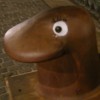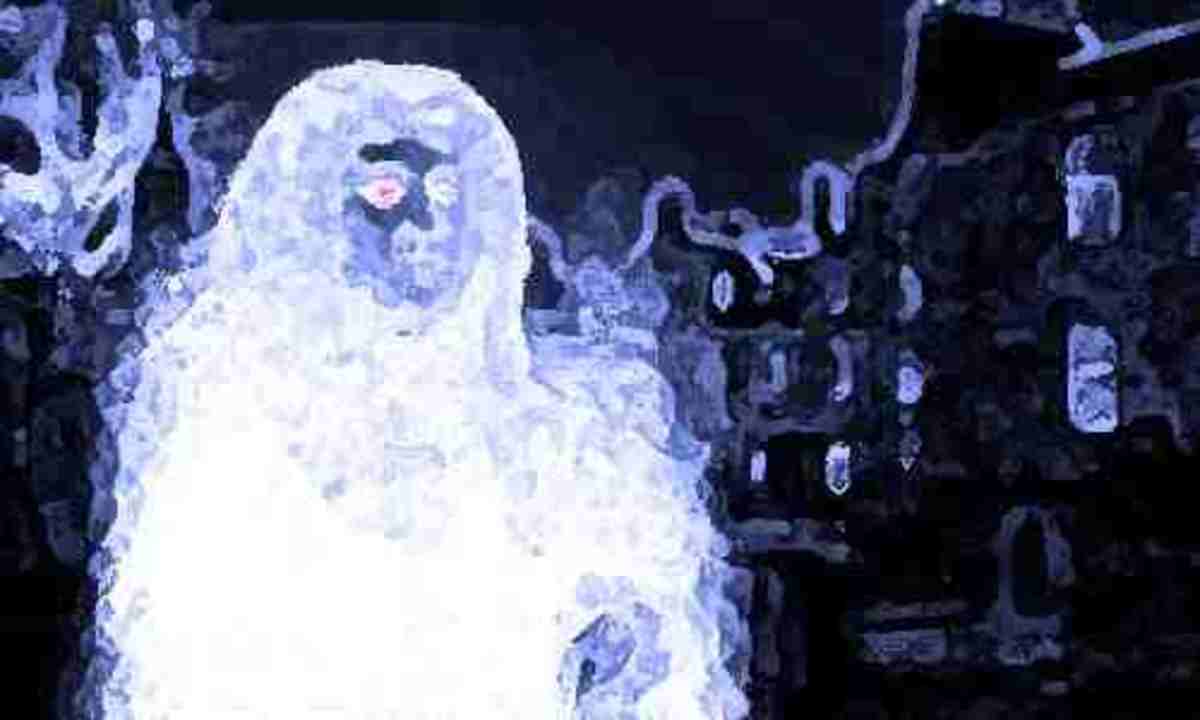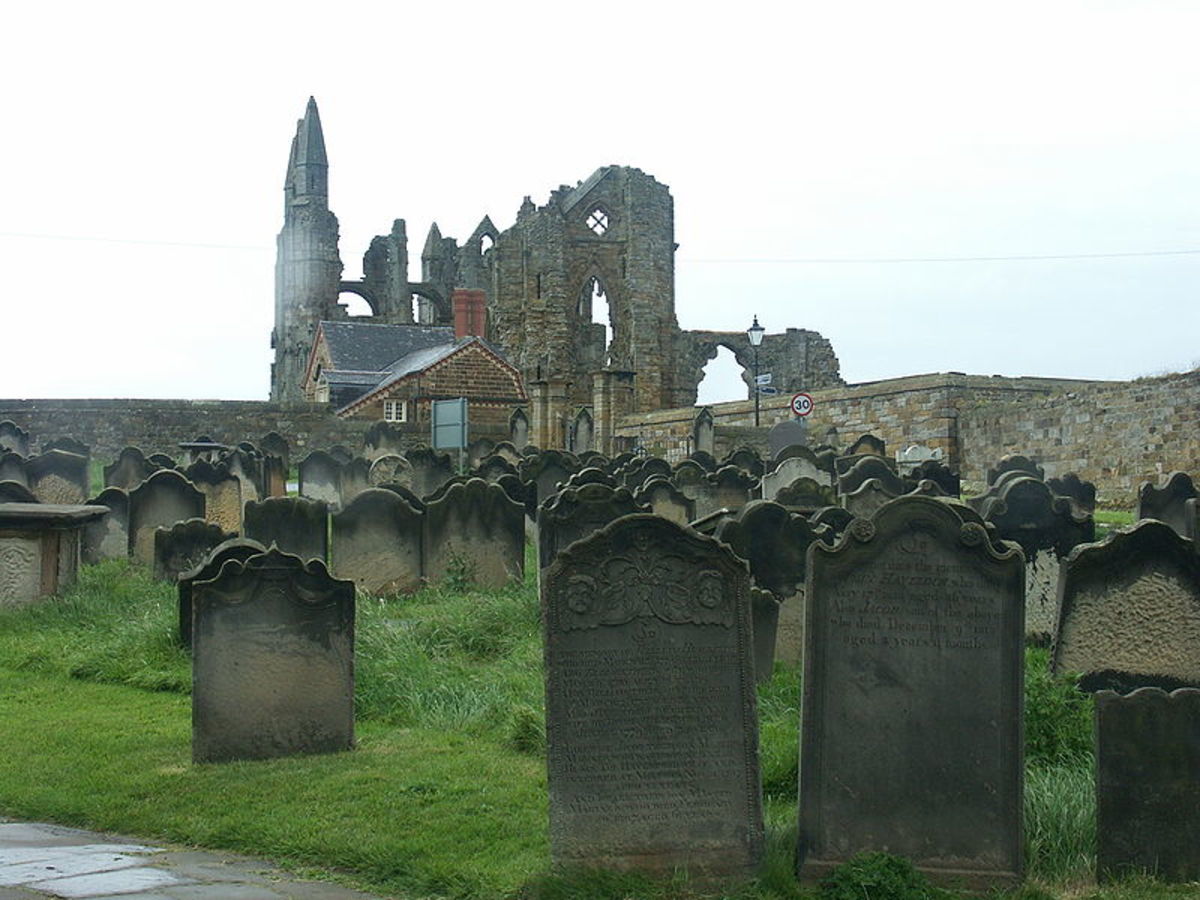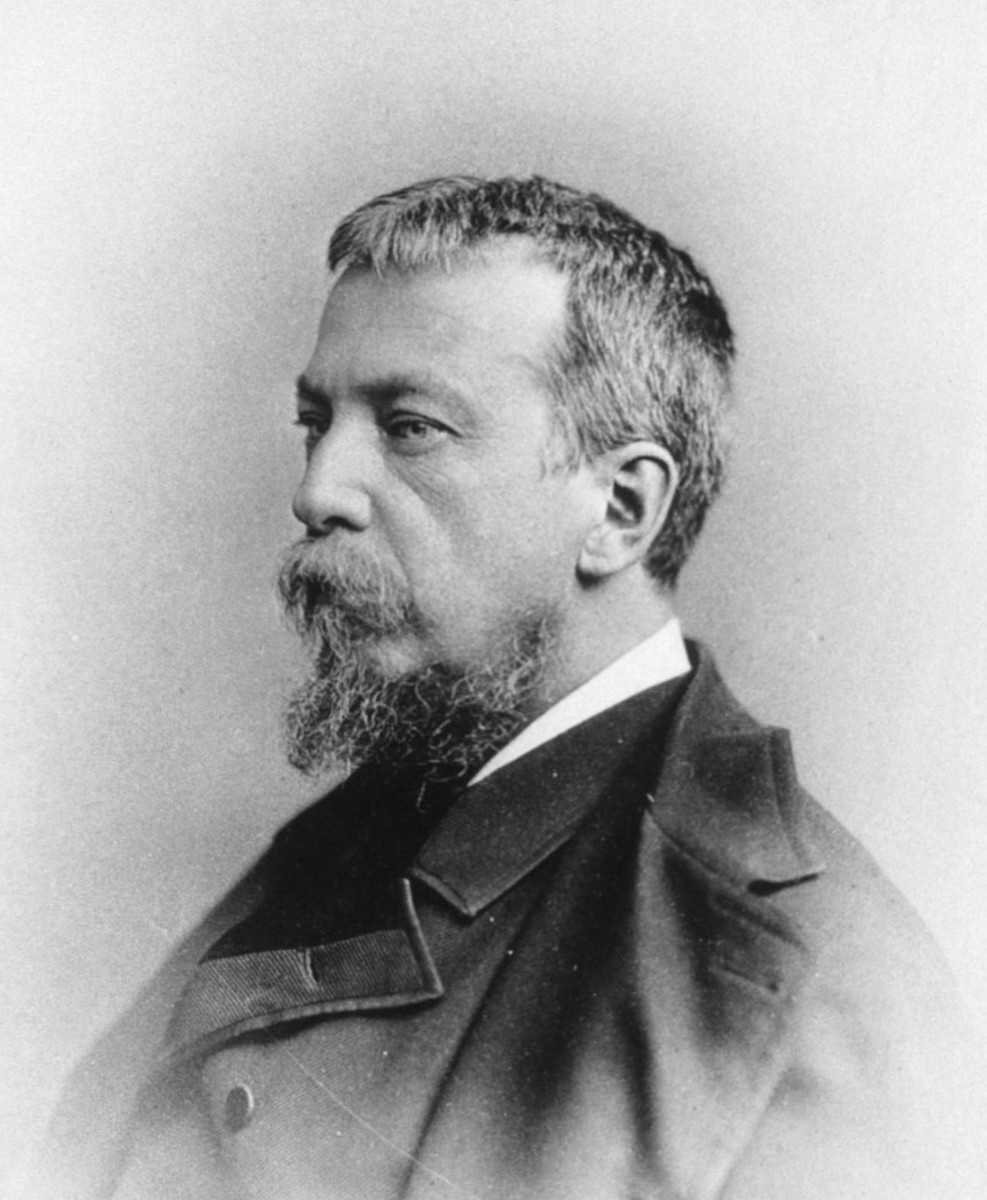The Mackenzie Poltergeist injuries and fires
The Mackenzie Poltergeist of Greyfriars Kirkyard in Edinburgh does not behave like a poltergeist. In some ways it is unique. It appears less limited spatially than the average poltergeist, it does not throw things around and it has lasted a very long time. It hurts people regularly and is well documented. But it behaves in a way that poltergeists do not.
History
Scottish presbyterians, objecting to changes the crown was attempting to make in their services, signed a covenant in the Greyfriars Kirkyard in 1638, a modified version of the national covenant of 1581 that had established the guiding principles for worship in Scotland. The signatories professed loyalty to the king but pledged to maintain the forms of religion that prevailed in 1580 and rejected all innovations since that time. For a while the covenanters dominated scotland but Charles II declared the covenants unlawful and covenanters were persecuted. In reaction some renounced their loyalty to the king and the government responded harshly.
Mackenzie was a seventeenth century hanging judge with a particular hatred of covenanters, persecuting them so zealously that he gained the nickname “Bluidy Mackenzie”. However he was in disgrace for a while as he objected to pressure to refrain from prosecuting those involved in the Glencoe Massacre and was, in private life, a cultured and learned gentleman with literary tendencies.
Mackenzie imprisoned 1200 covenanters in a field next to Greyfriars Kirkyard, an area described later, probably inaccurately, as the first concentration camp [2], and many died or were executed. He died in 1691 and was buried in the Greyfriars Kirkyard.
The piece of land now known as the Covenanters' Prison is not where the covenanters were actually imprisoned. The original prison has been built over- it's somewhere under Bristo Place to the South-East of Greyfriars. The place known as the Covenanters' Prison was not added until 1703.
The Birth of the Poltergeist
For the next three hundred years nothing much happened, as far as the churchyard was concerned, though Edinburgh continued to grow its collection of ghosts, criminals and general strangeness.
The tales of the birth of the poltergeist vary in details, but generally are as follows:
In December 1998 a homeless man wandered into the churchyard and slipped into one of the mausoleums, believed to be the tomb of Mackenzie. He smashed some coffins and fell into a previously unknown mass grave [2] containing the partially decomposed bodies of plague victims. At that point he did exactly what anyone else would do. He ran. How he got out of the pit is not stated. On his way out he ran into a man with a dog, apparently a security guard, who, seeing a filthy vagrant running at him, blood streaming from a cut on his forehead sustained in his panic stricken flight, also ran.
It seems the homeless man entered the “Black Mausoleum”, often assumed to be Mackenzie's burial place, though this is not certain.
What is certain is that ever since there have been reports of something malevolent in the area. The facts are well documented, though the interpretation is unclear. The phenomenon has persisted since 1998, which is longer than any poltergeist manifestation I know of and, although one company has made money out of it for years, the period is a rather long for a private individual or company to perpetuate a hoax.
The Poltergeist
The day after the homeless man came running out of the mausoleum a woman was reportedly knocked off its step by a cold blast while peering though the iron grill on the door. Then another woman was found lying near the tomb with a ring of bruises round her neck. She said invisible hands had tried to strangle her. A young man with similar injuries was found lying opposite the vault.
Edinburgh council locked the vault and allowed access only to those with express permission. Then a local author was granted permission to run controlled tours to the mausoleum. Paranormal activity escalated from then on. Since 1998 there have been 450 reported attacks, two to four a month, though the actual number may be higher. This is probably a small percentage of the total number of people visiting the mausoleum, which suggests the poltergeist is selective about who it attacks, or has lazy days or days when it is busy with something else.
Of the 450 attacks 180 have lost consciousness, inexplicable fires have broken out, people have had hair pulled, fingers broken, unexplained scratches, skin gouges, burns, nausea and numbness. An unusually large number of dead animals have been found near the vault and cameras and electrical equipment malfunction near the mausoleum.
Interestingly the victims often fail to realise they have been injured till they get back to their home or hotel. Some injuries disappear as rapidly as they appeared and some turn into lifelong scars. Sometimes the phenomena follow them home.
On occasion everyone on a particular tour feels or see the same thing, suggesting a degree of reality . Black Hart Entertainment, the company that runs the tours also keeps detailed records and photographs of the injuries sustained by visitors to the mausoleum and its surrounding area.
The baffling aroma of smelling salts and the powerful stench of sulphur have been reported on occasion, while inexplicable laughing and growling has been heard along with strange knocking sounds that seem to emanate from beneath ground level.
A mysterious fire destroyed all the notes made by the local author who ran the tours, five years worth of notes and records and people living nearby have reported poltergeist phenomena. It also seems as if the phenomenon has moved to the area now known as the covenanters prison.
Comparison with poltergeist cases
While the phenomenon behaves a little like a poltergeist setting fires, making noises, growling and so on, it is unlike a poltergeist being long lived and relatively unrestricted geographically with no single person as the focus or agent.
There are relatively few documented facts to go on
The phenomenon started suddenly in December 1998: poltergeist cases develop slowly
It has continued ever since: Few poltergeist cases last that long
People get hurt and may not realise they have been injured till later: Poltergeists rarely do harm
The phenomenon has moved from the Black Mausoleum to the Covenanters Prison area: Poltergeists normally only move if there is a human focus that moves
Cameras and other equipment malfunction: This happens with the Loch Ness Monster but us unusual with poltergeists.
An unusually large number of dead animals are found in the area; I know of no comparison with other graveyards and no poltergeist case that involves killing animals. I note mystery animal mutilations in the USA and wonder if the animals found dead had been mutilated.
The knockings, noises and phantom smells however are observed in poltergeist and ghost cases.
Speculations
Where victims do not realise they have been injured till later there are several possibilities: the injuries may have gone unnoticed, though a broken finger seems hard to miss, or they may have appeared just before they were noticed. In the case of scratches it would help to now if the victim's clothes showed any blood stains. Without further investigation it seems likely the injuries manifest just before the victim notices them, making them something akin to stigmata and other hysterical injuries. If we take this path the injuries are hysterical stigmata perhaps resulting from the victim's unconscious mind.
If however we assume the injuries to be inflicted by the poltergeist but with a delay we are looking at something like the fabled (?) Delayed Death Touch of the internal martial arts. This does not explain the dead wildlife or the malfunction of electrical equipment and cameras near the tomb or the events seen by every participant on the tour.
It seems worthwhile proposing off the wall ideas that may never be provable or unprovable.
The poltergeist may be a guardian spirit created to guard something but has now developed a degree of autonomy while trying to carry out its original function. The size of tour parties may be more than it can handle so it concentrates on a few people. This might explain the destruction of records on the phenomenon. But it leaves the question of what it is guarding for so long.
If we take the tale of the homeless man plunging into a plague pit at face value there is the possibility a malevolent spirit was somehow trapped in the pit and released by the breaking of the pit cover. Or that the spirit was created when someone was cast into the pit while still alive.
It is possible that the homeless man's fear and that of the security guard interacted with some energy stored in the Mausoleum, perhaps electrical energy stored in the stone, but then we would expect similar cases elsewhere.
The simplest explanation seems to be that the poltergeist is a spirit , confined to an area that includes the Kirkyard and is slightly larger than the Kirkyard. This spirit attacks a small proportion of the people on the Tour. Its reasons for doing so and the way it selects victims is unknown: a demographic study of the victims would help. It also seems likely that the poltergeist is not a poltergeist and, since it took 300 years to start manifesting, has nothing to do with Mackenzie
I know one thing. I will not be going on the tour. As a freelance programmer broken fingers would be a disaster.






